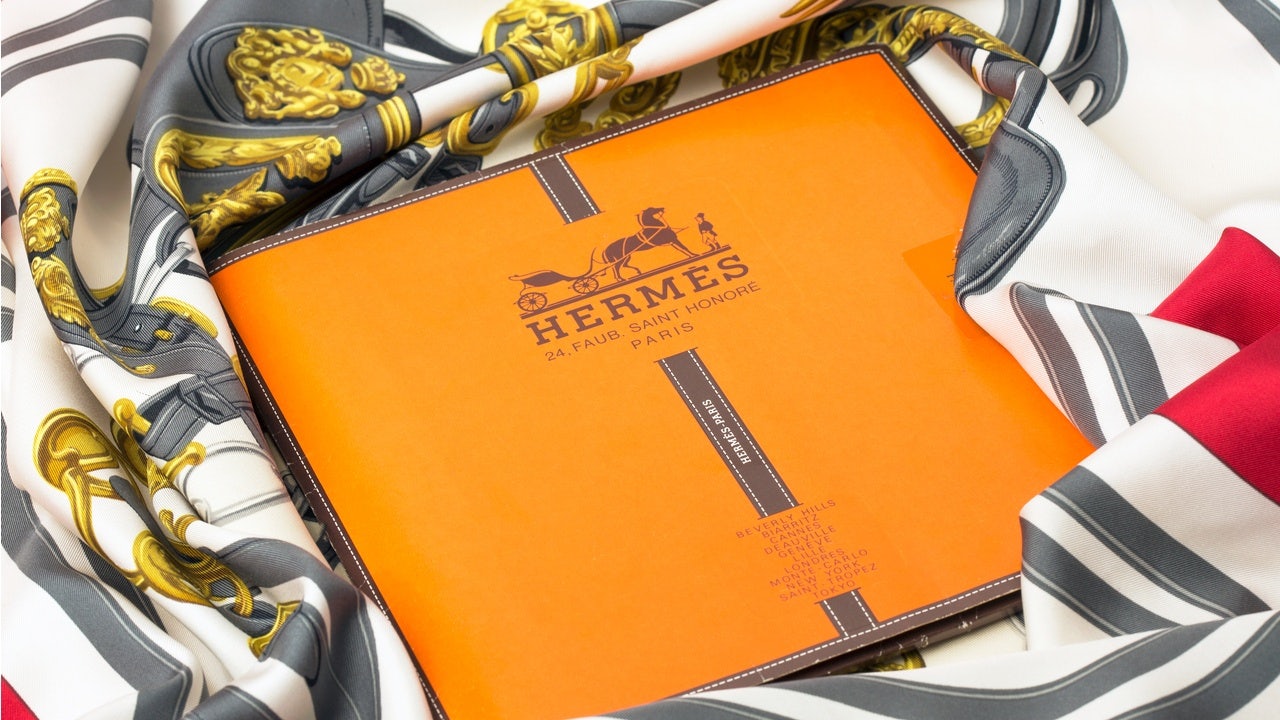Key Takeaways#
:
- Repeat customers increase the profitability of a business by spending more than new customers.
- The multi-faceted buying process is getting increasingly complex for customers, who get bombarded with information from various sources.
- While short video marketing is used to improve behavior marketing metrics, post-sale videos are a great tool to further promote a brand through tips, personalized product recommendations, and educational video content.
Repeat customers increase the profitability of a business by spending more than new customers — 300 percent more, according to RjMetrics. They also add value to a company because they are a more cost-effective option than customer acquisition. And, perhaps most importantly, these customers act as independent brand ambassadors by publicly increasing brand awareness.
Every company looks for innovative ways to earn repeat business and keep their loyal customers content. But in the digital age, customer loyalty retention is more difficult. Brands have to go beyond offering exceptional customer service experiences and delivering quality products with around-the-clock support.
Today, businesses can meet their brand loyalists at each customer touchpoint. Yet, the multi-faceted buying process is getting increasingly complicated for customers, who get bombarded with information from various sources. Therefore, brands are poised to suffer if they don’t optimize their strategies, filter their message, and design an effective customer journey map.
This new buying process is even more complex and costly in the luxury industry. That is especially true in China’s market, where even the most advanced Western companies can’t keep pace with changing consumer expectations and the increasing cost of competing against domestic players. So, building a successful customer retention strategy necessarily implies that a company will pledge time and resources to the right marketing strategies.
Now let’s take a closer look at how to market luxury to repeat luxury customers in China:
Limited-time offers (LTOs)#
LTOs create urgency and can easily overpower the consumer. The idea that a product is “here today, gone tomorrow” creates an illusion of transience. These marketing strategies work particularly well with younger demographics (millennials and Gen Zers) because they are obsessed with FOMO (a “fear of missing out”).
Luxury brands in China use WeChat Mini Programs to promote LTOs during Singles' Day, the Chinese Spring Festival, the Mid-Autumn Festival, and Qixi Valentine’s Day.
For instance, on October 15, Dior used a scarcity marketing strategy to launch the brand’s first-ever Singles’ Day limited-series collection, which was released on the brand’s official website and WeChat boutique, according to Jing Daily’s Wenzhuo Wu.
Customer database marketing#
According to Vaibhav Jain, Jonathan Bernal, and Pranaay Gupta Jain of Luxe Digital, “85 percent of luxury brands’ sales come from customers registered in the database.” B2C marketers understand the importance of harvesting insights from consumer data, but, interestingly enough, not all businesses know how to use their data to increase brand appeal, understand their customers, or connect with loyalists.
Burberry is an exception, being the prototype for data evangelists. The British luxury fashion powerhouse has become an “end to end” digital business, thanks to its use of Big Data and artificial intelligence (AI), according to Bernard Marr, a Forbes contributor.
The British brand uses consumer behavior analytics to understand how to target its consumer base. Moreover, Burberry uses cloud-computing and big-data to adjust its marketing campaigns. In Burberry’s case, the company’s entire omnichannel retail model is enabled by data analytics. For example, the Customer 360 Program uses the customer's style preferences and purchasing history to offer a personalized shopping experience.
Post-sales video content marketing#
Luxury marketers understand the importance of short video marketing in China. Through user-generated content, livestreaming sessions, and branded video content, brands interact with their fans on social media sites like Douyin, Kuaishou, and Haokan. However, this interaction often leaves out the post-sale experience, and this is one of the most important phases of the customer journey because it can convert customers into brand champions.
Luxury brands that use post-sales marketing videos maintain brand continuity and connect better with their fans. For example, Apple uses post-sale videos to explain how to use certain iPhone features, such as camera settings. Apple also created content with brand evangelists like three-time Academy Award winner Emmanuel "Chivo" Lubezki, who explained in a branded video how the iPhone 12 captures images in Dolby Vision. Burberry has post-sale makeup tutorials on its official channels, and Hermès produced video content on how to create a wrap top from a scarf and how best to tie a scarf.
While short video marketing is used to improve behavior marketing metrics, post-sale videos are a great tool for further promoting a brand through tips, personalized product recommendations, and educational videos. These company-branded videos are an important feature of any video content strategy because they enhance the customer experience and win customers’ hearts.
Reward programs and the gamification trend#
Younger consumers expect brands to acknowledge them and design interactions that reward loyalists. Alibaba is doing a wonderful job when it comes to building relationships with its consumers, who are empowered to become value co-creators after their purchases. The Chinese e-commerce giant has increased brand loyalty and engagement by incorporating in-app gamification elements and time-sensitive digital offers into its customer loyalty programs. By doing this, Alibaba transformed the entire online customer experience, altering purchase patterns and shopping behavior.
The “Gai Lou” mini-game that encouraged users to construct virtual stores, for which players could win red envelopes with digital money, shows how gamification can create loyalty while boosting engagement. “Not only did it get people opening the app every day to complete a series of quests,” says Mimi Lu, head of strategy at OMD China, “it also gave people a reason to purchase on the same day with the accumulated hongbaos (customary red envelopes, used for giving cash) they collected from playing the mini-games.”

